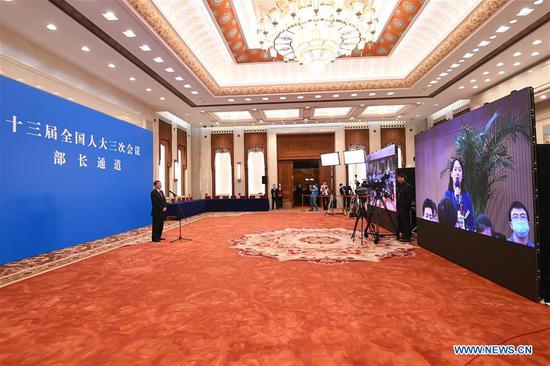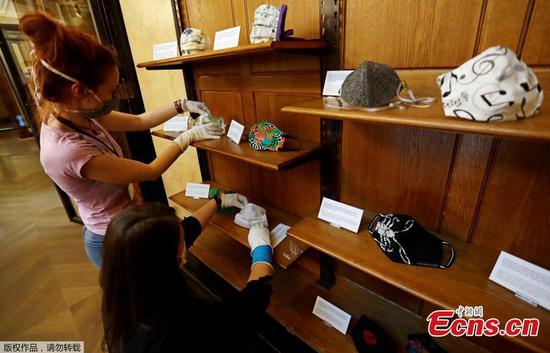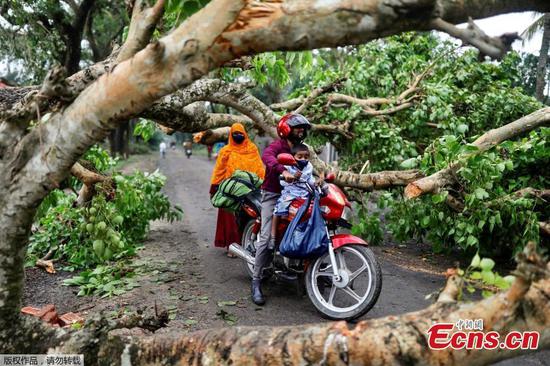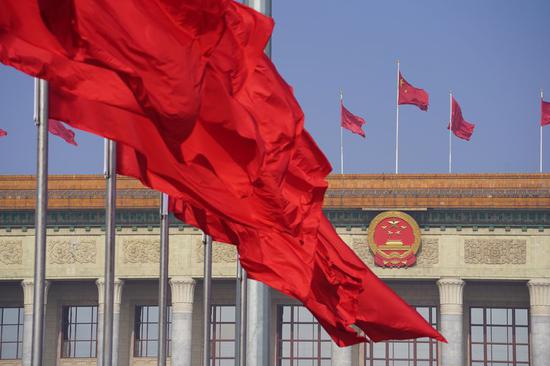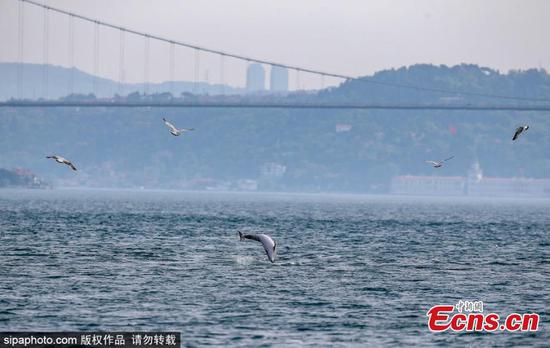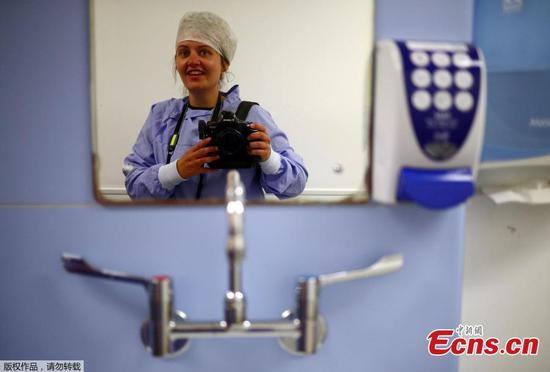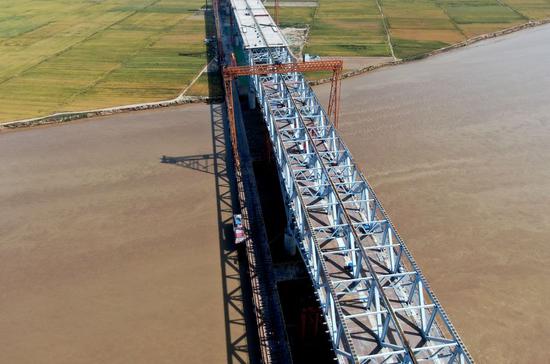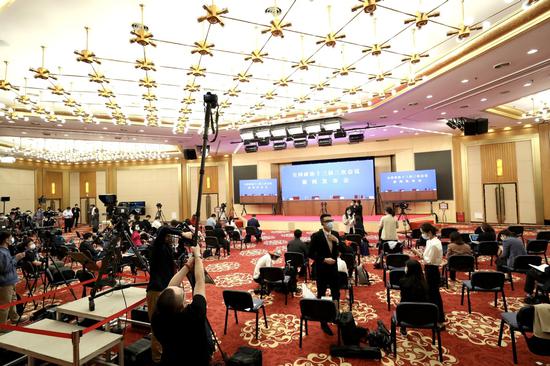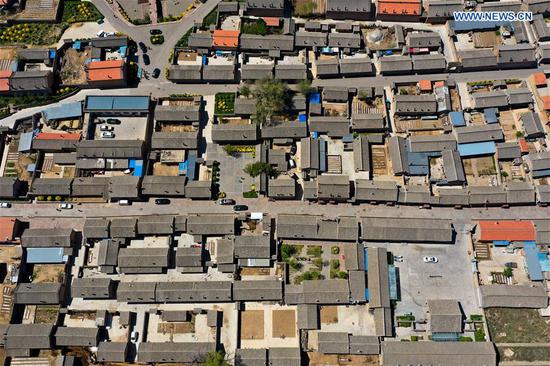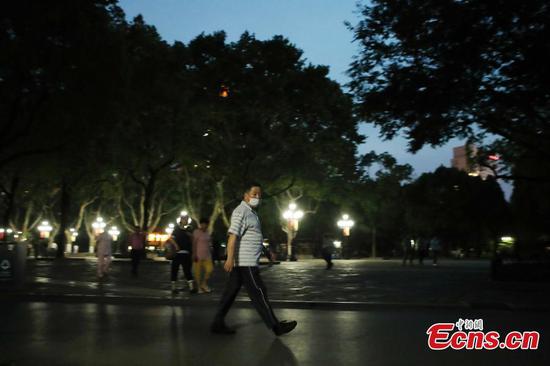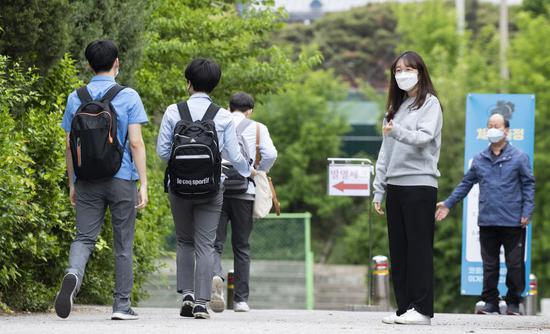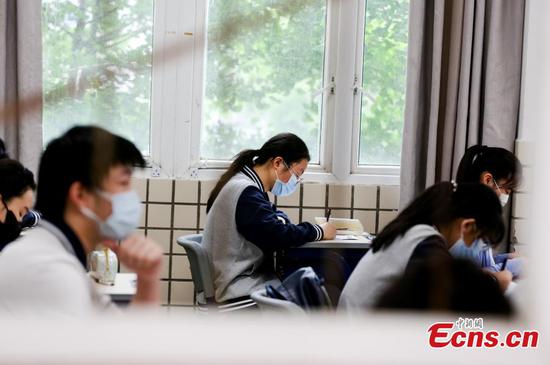
PRACTICAL APPROACH
In light of great uncertainty resulting from the COVID-19 pandemic and the global economic and trade environment, China has set no specific target for economic growth for 2020.
The shock of the COVID-19 pandemic has sent the world economy into a severe recession, disrupted industrial and supply chains and caused a contraction in international trade and investment as well as volatility in commodity markets, said the report.
Not setting a specific target is expected to help China concentrate on keeping the fundamentals of the economy stable, thus contributing to building a moderately prosperous society in all respects.
In effect, China has incorporated the growth target into other policy goals, including financial and monetary ones, He Lifeng, head of the National Development and Reform Commission, told reporters Friday via video link on the sidelines of the NPC session.
He expected China to basically reach all the 25 sub-targets toward completing the building of a moderately prosperous society in all respects this year, of which GDP is one anticipatory goal. He noted that even a 3-percent economic growth rate can put China very close to its target of doubling the 2010 GDP by the end of 2020.
Analysts said that putting headline GDP growth targets on the back burner is a move of practical significance to the country's long-term growth, as it is only one of the many fundamentals of economic prosperity.
In the past three decades, China's GDP growth targets have varied based on the social and economic realities at the time, said Wen Bin, chief analyst at China Minsheng Bank.
The country has seen different types of growth targets since 1990, including fixed figures, ranges, approximate figures and, for the three years between 2000 and 2002, non-numerical ones, said Wen.
"To move away from the fixation on headline GDP is not to deny the importance of economic growth altogether," Wen told Xinhua.
Instead, it allows China to pay more attention to other causes vital to high-quality development, including structural reform and industrial upgrading, said Wen.
It could also reduce the likelihood of governments at various levels resorting to drastic short-term policy incentives that may trade potential for immediate effect or cause debt risks, said Lu Ting, chief China economist with Nomura.
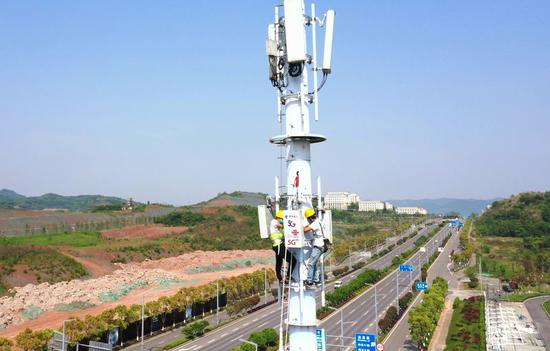
BLAZE NEW PATH
Yang Yuanqing, a national lawmaker and Lenovo Group's chairman and CEO, said China has shown flexibility by adopting the "out-of-the-box" decision to drop a specific GDP growth target amid the current circumstances.
The epidemic has seen the stellar development of new business and consumption models in China, such as online education and telework, injecting new momentum into economic revival, he said.
China's economy features strong resilience and enormous potential in terms of consumption, digital economy and new infrastructure, Yang said, noting that the severe challenges call for faster economic transformation and upgrading set to be boosted by the newly-unveiled measures.
After making painstaking efforts and enormous sacrifice, China has turned the tide on the virus and protected the lives and health of its people. The world's second-largest economy has gradually reopened factories and businesses as the epidemic continued to recede, adding impetus to global economic recovery.
The resilience of the Chinese economy may appear stronger than other major economies and the global economy as a whole, which were caught off-guard by the fallout of a ravaging pandemic and had to scramble for effective countermeasures.
China, as the report noted, will blaze a new path of shock-resilience and positive growth cycles which will center on stabilizing employment, energizing the market, stimulating demand and achieving stable growth.
To that end, China will pursue a more proactive and impactful fiscal policy, setting its fiscal deficit above 3.6 percent of GDP and issuing 1 trillion yuan of government bonds for COVID-19 control to release more funds for companies and individuals.
The government will spur demand through effective investment in areas like new infrastructure as well as allocating more special local government bonds.
Analysts expect such efforts to keep economic fundamentals stable to help build a solid foundation for economic recovery as the epidemic wanes.
Nomura estimates economic growth to rebound to around 5.8 percent in the third and fourth quarter of the year, while Wen puts growth projection for 2020 at between 3 percent and 5 percent on hopes that policy incentives will boost consumption and beyond.
China's economy is expected to grow by 9.2 percent in 2021, according to an International Monetary Fund report released in mid-April. The report projected the world economy to contract by 3 percent this year amid the worst recession since the 1930s.
"China's objective economic status will rise" in the post-coronavirus era, said Adam Posen, president of Washington-based think tank Peterson Institute for International Economics.














